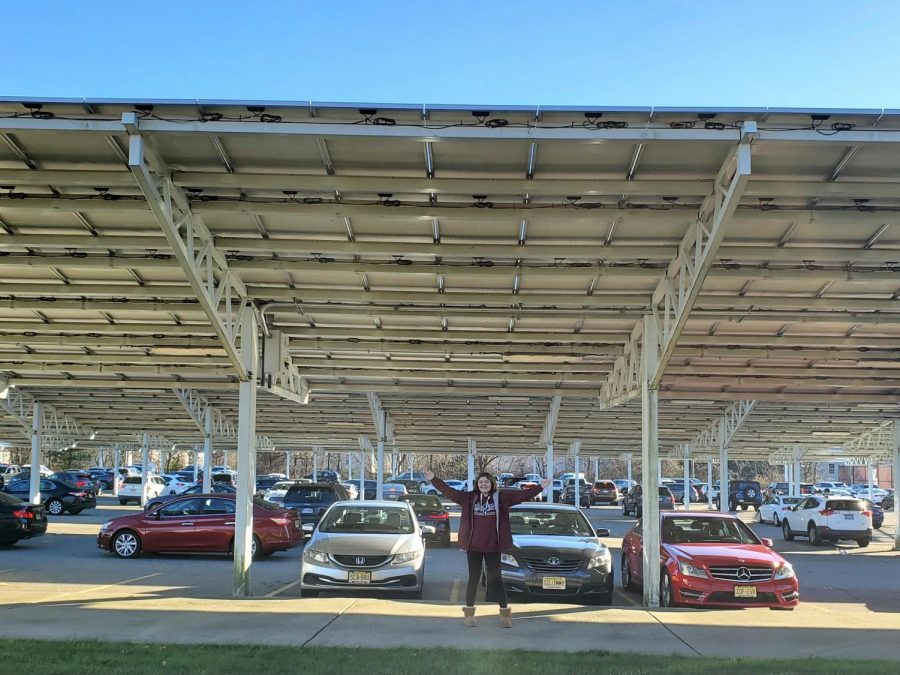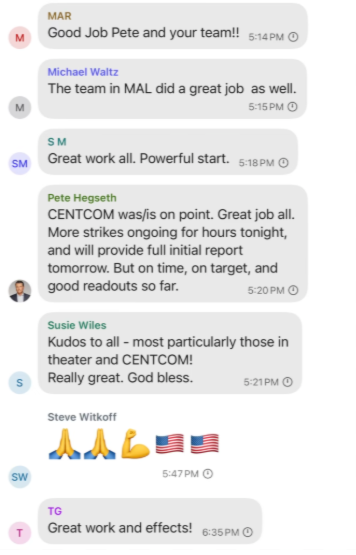The Utilization of Wayne Hills’ Solar Panels In A Climate-Change-Pushed World
December 12, 2022
When driving around town, you may notice solar panels on telephone lines and street lights. You may also notice some houses with roofs topped by large groups of solar panels. Even if you don’t notice those small details, it is pretty hard to ignore or not see the giant solar panels in the Wayne Hills High School parking lots. Not just at Hills but at Schuyler, Anthony Wayne, and several other schools too. These utilities have become a daily part of our lives and recently their purpose as renewable energy producers have become important in a world pushing to find cleaner sources of energy.
The push for climate change has been around for decades but it raises the question of what noticeable changes there are in our own lives regarding the switch to renewable energy. There are obvious signs of this push seen all around the town of Wayne in the form of solar panels on polls, houses, and public buildings–buildings like Wayne Hills High School.
At Hills, there are several areas that are occupied by solar panels: the previously mentioned Senior and Back Lot and a plot of land to the left of the school dubbed “the Solar Field.” These panels are giant objects that are passed by students every day but in senior Ryan Newman’s words, “I don’t think students recognize it.”
As time passes and the world evolves, resources that we utilize in our daily lives will become niche and have to be replaced by newer, replenishable sources of energy. Right now it doesn’t feel like a top priority because of other drastic events going on in this world but the little things that do happen behind the scenes still make a difference. When talking about the overall subject of renewable resources, Newman said, “I think renewable resources are often overlooked…They get the job done while also being good for the environment.” Since renewable sources are so good for the environment, what has the town been doing to contribute to switching to renewable resources?
Well, in 2011 Daniel Hubbard of patch.com, reported on the installation of solar panels at seven schools: Packanack, Lafayette, Theunis Day, A.P. Terhune, Schuyler Colfax, Anthony Wayne, and Wayne Hills. This operation was said to” save $200,000, in the first year the panels are operational and $6 million throughout the length of the agreement.” All information was provided by the then Facilities Manager for the Wayne School District, John Maso, in Hubbard’s article.
A year later, patch.com’s Daniel Hubbard followed up his initial report with an article titled, “See How Much Power the School District’s Solar Panels are Generating.” The stated article provided the image below:

As shown in the image, the solar panels were generating 784.53 kW (kilowatts, used to measure the rate of electricity usage) and generated a historical amount of 7,709 kWh (kilowatts-hour, used to reflect the total amount of electricity used). To put this amount of energy production in a comparison that makes sense for someone who isn’t familiar with this information, a water heater uses 411 kWh monthly, according to Warren Recc , an electricity utility company. Wayne Hills’ solar panels produced almost two times the amount of energy a water heater consumes in a month; now imagine how much energy the other six schools produce.
Although those numbers are impressive or interesting, depending on how you see them, there are questions that come to mind. two of which are: what are the district’s present actions/decisions when it comes to solar energy and renewable resources? If our school creates that much energy, what is it used for? What renewable resource plans for the future are on the table?
Lauren Tibbetts, the Director of Facilities Administration in Wayne, provided information about the district’s energy-saving goals and initiatives like Energy Saving Improvement Program (ESIP). Tibbetts stated that the district has two energy audits that are conducted through AMERESCO, the district’s energy consultant, to carry out ESIP. Ultimately the energy produced is used not only for Wayne Hills but for infrastructure in town and buildings like homes, businesses, and facilities.
As for plans for the future, according to Tibbetts, “the District is in the process of researching electric school buses, fleet vehicles for the facilities department, and EV charging stations.” This could reduce our town’s carbon footprint and put us a step in the right direction for the utilization of renewable resources in a world being pushed by climate change.

Although the recent installation of boilers at Wayne Valley is their most recent project, the company AMERESCO created a slide presentation on their plans and future strategies for renewable energy. Among the informational slides were future strategies under “Future Carbon Reduction Measures” in the company’s “AMERESCO WTPS PRESENTATION,” from November 17. A measure listed is “Onsite Solar PV Production,” which means the expansion of producing solar energy on-site.
The aforementioned student Ryan Newman said this in regard to a possible increase of solar panels: “the town would benefit from more solar panels. I’ve been in many situations whether it be at school or at somewhere solar panels could have resolved the issue.” Although the energy source transition takes time and a lot of money, it also saves money and produces clean, replenishable energy.
For more, in-depth information about the switch to renewable resources for energy, visit AMERESCO’s website: Energy Savings Improvement Program (ESIP)







Bella Bernier • Dec 23, 2022 at 10:08 AM
It is so cool to see Wayne Hills and other schools trying to make a difference in the environment with the use of solar panels. I never knew how impactful they were until reading this. This article is informative and fascinating!
Tariq • Dec 23, 2022 at 10:05 AM
It’s great to see some light being shed upon a very important topic and necessary topic of climate change, which is fully controlled by our actions. If we are going to take action about the climate crisis, it first begins with out home town which is exactly what we’re working on. So it’s great to see that we are working towards something positive.
Ashton Fava • Dec 23, 2022 at 9:54 AM
The use of solar panels throughout Wayne are a great way to help prevent climate change as much as possible. It is very interesting to see how much more efficient the production of power is with the use of solar panels. The amount of money saved from the use of solar panels is crazy to think about!
isabelle • Dec 23, 2022 at 9:51 AM
Never realized what an impact solar panels have and it’s good to see that Wayne is converting to using renewable energy. The fact that it was implemented in several schools makes a difference, hopefully, we can fully rely on renewable energy soon.
Michael Brogna • Dec 23, 2022 at 9:37 AM
Crazy to think I see the solar panels every day and don’t even realize how important they are to the school. Good to see the reduction of fossil fuels and a push for a more friendly environment!
Michae C • Dec 23, 2022 at 9:15 AM
I think it’s important to make a push for climate change and the use of solar panels is a huge step for a school. Wayne Hills is not the only school doing this either.
Samuel D • Dec 23, 2022 at 8:58 AM
I think it is cool how Wayne as a town is transitioning to more renewable sources of energy. Not only will this help save the environment, but also help save money for the town. This is truly the best of both worlds. I found this article quite informative and interesting.
Megan • Dec 23, 2022 at 8:44 AM
This is very interesting!
Janae Murray • Dec 23, 2022 at 8:04 AM
Very informational!